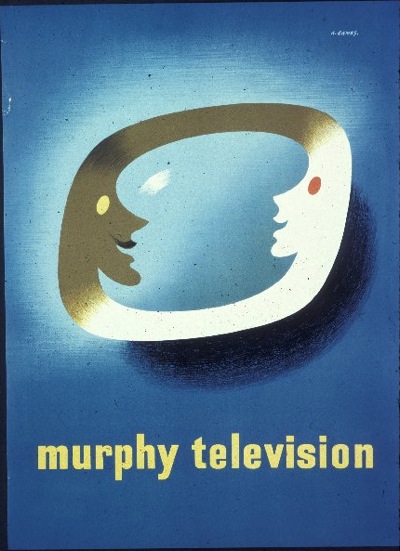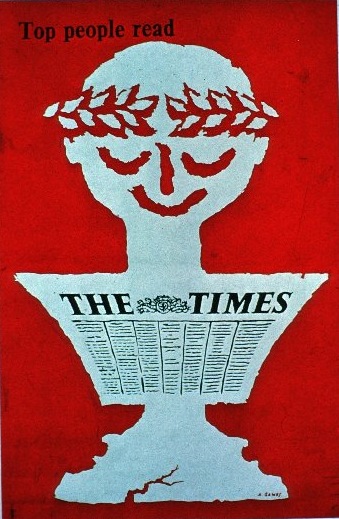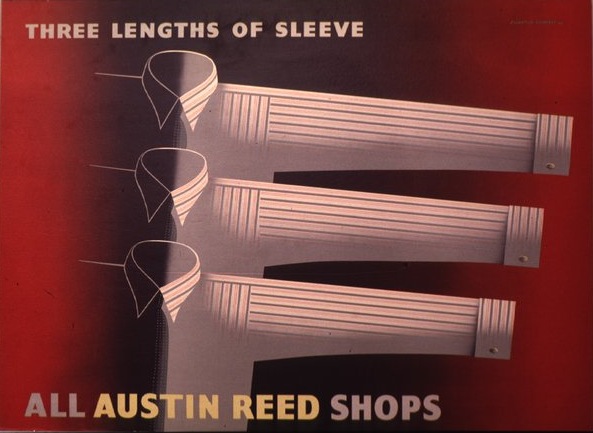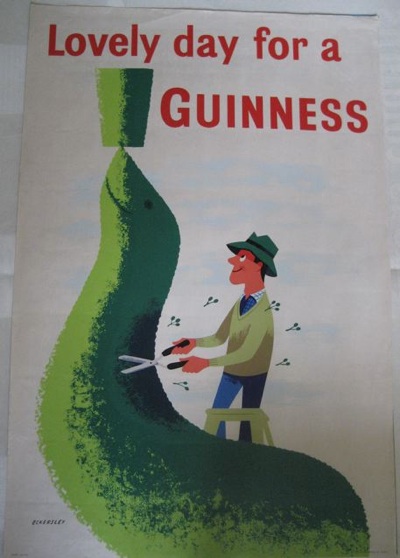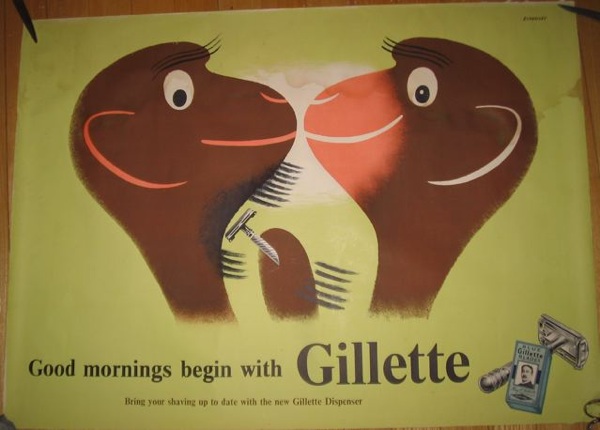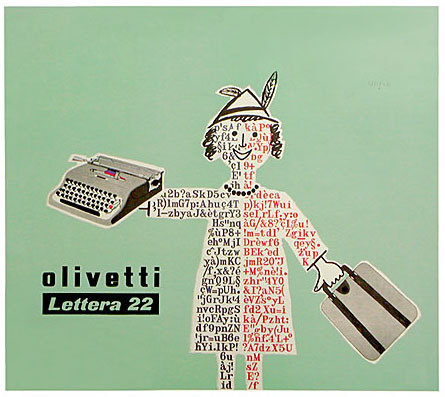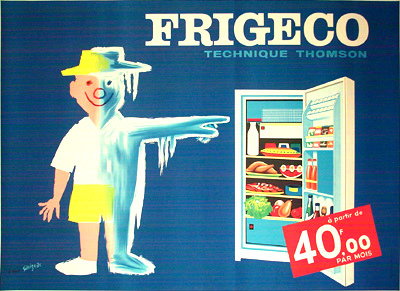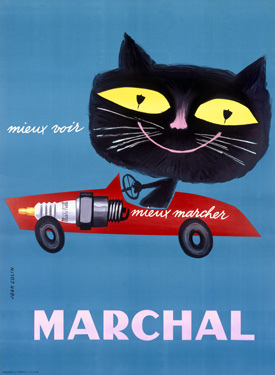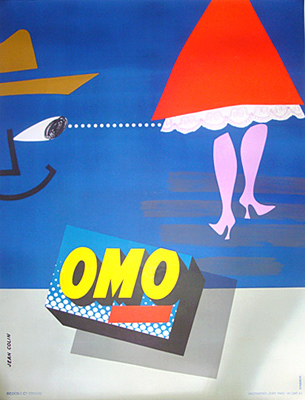As mentioned earlier this week, I was wandering around the Design Council Slide Collection at the weekend. Actually, wandering probably isn’t the right word, because I was on a mission. I was looking for some examples of good commercial design – i.e. nice graphics which want to sell me something other than a railway journey, and I thought that this might be one place where I would find some.
As it turned out, there were only a few, like this 1950 Abram Games design for Murphy Television,
and a later, 1962, poster of his for The Times
There’s also a nice Eckersley Lombers advertisement for Austin Reed (1939) which I hadn’t seen elsewhere.
But that, dear readers, is about it. And so I am still left pondering the question that sent me to their archive in the first place. Where, oh where, has all the commercial design gone?
It was looking at the AP brochure which made me think. So much of what was in there was commercial graphics – posters for everything from Carnation Milk to Mazda, Gillette and WH Smith. But these posters just don’t seem to survive at all. Mr Crownfolio and I have just six posters that I’d count as commercial advertising. (To put this in perspective, we seem to have nearly 50 GPO posters… I am as surprised as anyone to find that out)
Furthermore, four of the six are for Guinness, whose posters seem to be an exception to the general absence as there are plenty of them about. (Why did they survive? Could people buy them as art at the time?). This Eckersley from 1957 is probably my favourite.
While this Eckersley is the only post-war advertising poster that we own.
So where did they all go?
What makes their disappearance even more peculiar is that on the Continent, these advertising posters survive in droves. Just a quick search on Savignac turns up more examples than I can rightly squeeze into one blog post.
I particularly like the 1960 Fridgeco one for having a price, in just the same style as a modern French poster.
The same is true if I search for Jean Colin.
And I’m sure I could achieve the same kind of results for most Continental poster designers. So why did only ours disappear, when all of these were kept? I am very bemused indeed and can’t come up with a ready answer. Perhaps someone out there knows. (If, of course, you are sitting on a large horde of British advertising posters, please do get in touch as well, I’d love to meet you…).
